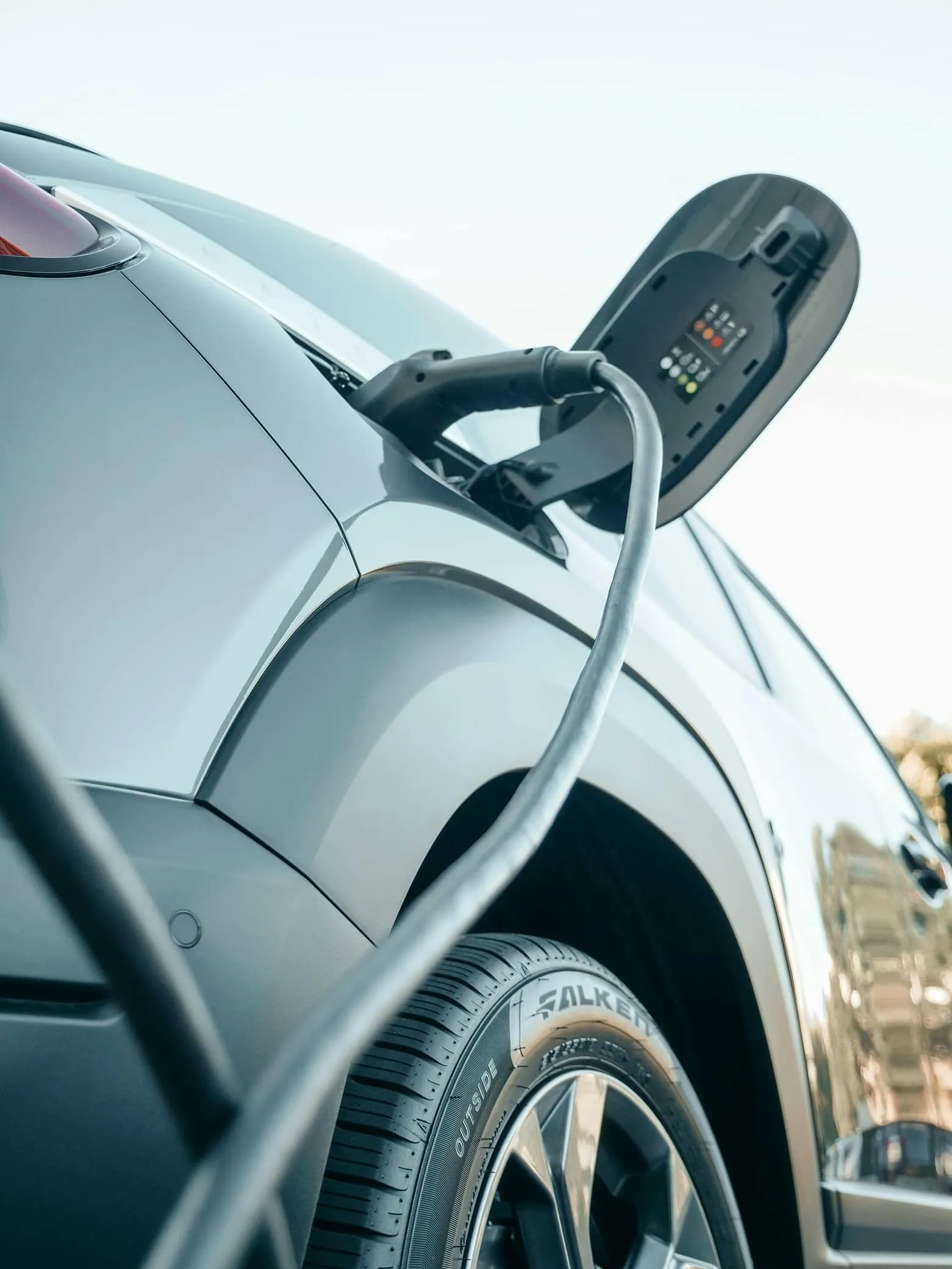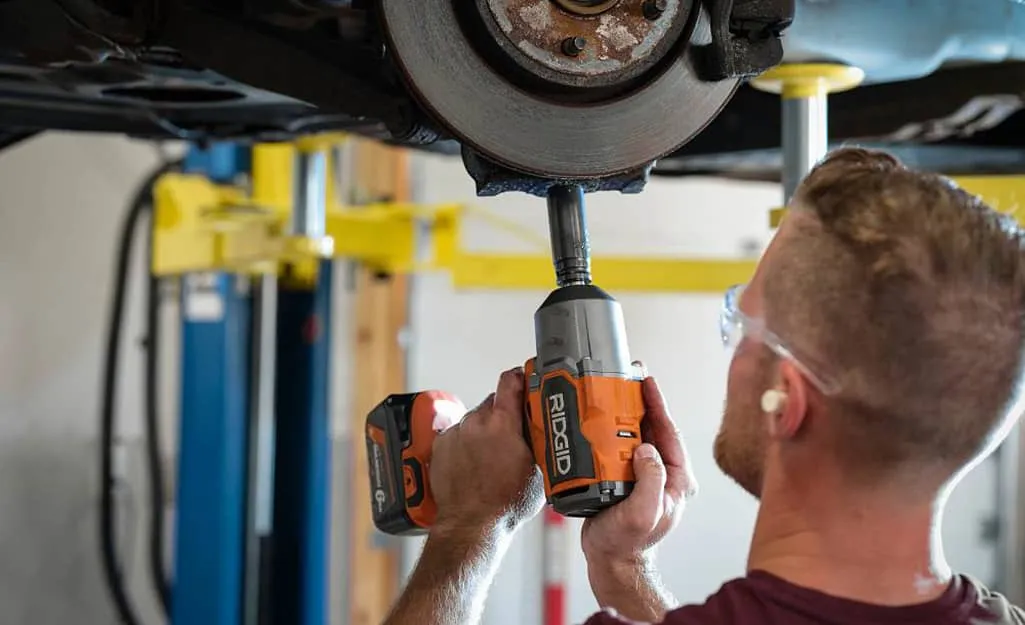
Federal Tax Credit | Unlocking $7,500 Savings To Discover Which Electric Vehicles Qualify
If you’re buying or researching an electric vehicle in 2024, you’ve likely heard that significant changes to the federal tax credit of up to $7,500 for electric and plug-in hybrid vehicles took effect on January 1. The electric vehicle federal tax credit credit has been revised for 2022 to include new rules regarding purchase eligibility and battery sourcing. The complex battery requirements are designed to reduce reliance on overseas sources of battery components and materials, and will be tightened each year through the 10-year program. This means the list of eligible vehicles will change frequently as automakers rush to upgrade their vehicles to meet the requirements.
Table of Contents
- Which EVs and PHEVs qualify for the Federal Tax Credit?
- How Did This Get So Complicated?
- What are the income limits for buyers of the New Vehicle Tax Credit?
- How do I get the new Electric Vehicle Tax Credit?
- What is the Used Electric Vehicle Credit?
- Can I lease a new electric vehicle and receive a government line of credit?
Which electric vehicles qualify for the $7,500 federal tax credit?
Model Year/Vehicle Credit Available Retail Price Cap
- 2024 Acura ZDX EV $7,500 $80,000
- 2023-24 Audi Q5 PHEV $3,750 $80,000
- 2024 Cadillac Lyriq EV $7,500 $80,000
- 2024 Chevrolet Blazer EV $7,500 $80,000
- 2022-23 Chevrolet Bolt EV $7,500 $55,000
- 2022-23 Chevrolet Bolt EUV EV $7,500 $55,000
- 2024 Chevrolet Equinox EV $7,500 $80,000
- 2022-24 Chrysler Pacifica PHEV $7,500 $80,000
- 2022-24 Ford Escape PHEV $3,750 $80,000
- 2022-24 Ford F-150 Lightning EV $7,500 $80,000
- 2024 Honda Prologue $7,500 $80,000
- 2022-24 Jeep Grand Cherokee 4xe PHEV $3,750 $80,000
- 2022-24 Jeep Wrangler 4xe PHEV $3,750 $80,000
- 2022-24 Lincoln Corsair Grand Touring PHEV $3,750 $80,000
- 2024 Nissan Leaf EV $3,750 $55,000
- 2022-24 Rivian R1S Quad Large EV $3,750 $80,000
- 2023-24 Rivian R1S Dual Large EV $3,750 $80,000
- 2024 Rivian R1S Dual Standard, Dual Standard+, Performance Dual Standard+ EV $3,750 $80,000
- 2022-24 Rivian R1T Quad Large EV $3,750 $80,000
- 2023-24 Rivian R1T Dual Large, Dual Max EV $3,750 $80,000
- 2023 Rivian R1T Dual Performance Large EV $3,750 $80,000
- 2024 Rivian R1T Dual Standard, Dual Standard+, Performance Dual Standard+ EV $3,750 $80,000
- 2023-24 Tesla Model 3 Performance EV $7,500 $55,000
- 2023-24 Tesla Model X Long Range EV $7,500 $80,000
- 2023-24 Tesla Model Y EV $7,500 $80,000
- 2024 Tesla Model Y Rear-Wheel Drive EV $7,500 $80,000
- 2023-24 Volkswagen ID.4 EV $7,500 $80,000
But the more positive news for 2024 is that new car buyers will be able to claim the credit at the time of purchase to lower the price right away. Meanwhile, the Used Electric Vehicle Credit will remain, with a similar new option to claim it at the time of purchase, and leasing remains an alternative for higher-income buyers and vehicles not on the purchase credit list.
Which EVs and PHEVs qualify for the Federal Tax Credit?
The 2024 tightened rules cut the number of new EVs and PHEVs eligible for the federal tax credit as of January 1 by more than half. And more vehicles will be added to the list throughout the year as automakers change their battery sourcing. Because the 2024 rules were published in late 2023, some automakers, including Ford, Nissan, GM, and Tesla, were still working out which of their vehicles would remain eligible. In some cases, there may be different versions of the same vehicle. B. Regular or Long Range Variants – Different batteries may or may not be optional.
Listed here are vehicles currently listed by the EPA as eligible for up to $7,500 in New Vehicle Tax Credits. This list is continually updated (you must select your delivery year in the drop-down menu to receive the list). The amount of federal tax credit listed is based on the battery size and manufacturer. The list also lists the maximum price that applies to each vehicle. Not all vehicles listed are of the current model year, but if they have never been sold and will be delivered to a buyer in 2024, they will be eligible for the credit.
As the EPA lists, vehicles may be assembled in multiple locations and different versions may have different batteries, so to ensure compatibility you’ll also need to check the vehicle identification number of the specific vehicle you plan to buy. The Department of Energy provides a VIN check tool here.
How Did This Get So Complicated?
The 2022 law revised the federal tax credit for new electric and plug-in hybrid vehicles purchased by individuals for personal use. The federal tax credit was split in half, with $3,750 awarded for the production of the vehicle’s battery component and another $3,750 awarded for materials sourcing compliance. If your electric vehicle meets both criteria, you’ll get the full $7,500 federal tax credit. If you meet only one, the federal tax credit is $3,750.
The requirement that the vehicle be assembled in North America took effect in 2022. On January 1, 2023, the minimum battery size was set at 7 kilowatt-hours, and the price cap was set at $55,000 for cars, station wagons, and hatchbacks, and $80,000 for SUVs, vans, and light trucks. The price cap is the total manufacturer’s suggested retail price of the vehicle, including manufacturer options. It does not include delivery charges, dealer-installed options, taxes, or fees. There are also income limits for buyers.
In April 2023, regulations began to require minimum quantities of battery components and key battery materials (so-called “critical minerals”) to be sourced from the United States, rather than from the United States or countries with free trade agreements with the United States, and from “foreign entities of concern” (mainly China and some other countries). The minimum amount increases every year.
If you're buying or researching an electric vehicle in 2024, you've likely heard that significant changes to the federal tax credit of up to $7,500 for electric and plug-in hybrid vehicles took effect on January 1.
What are the income limits for buyers of the New Vehicle federal tax credit?
The limits for how wealthy you must be to be able to claim the New Vehicle Tax Credit remain unchanged for 2024. To qualify, your household income (“Adjusted Gross Income” on line 11 of your tax return, IRS Form 1040) must not exceed $300,000 if filing jointly, $225,000 if head of household, or $150,000 if individual. Income limits are based on the lesser of your income in the year you purchased the vehicle or the previous year.
How do I get the new Electric Vehicle federal tax credit?
Effective January 1, 2024, you have two options to get the Electric Vehicle Tax Credit when purchasing a new vehicle. Note that if you ordered a vehicle in 2023 but didn’t get it delivered until 2024, the new rules apply.
An all-new option for 2024 allows new car buyers to claim the full federal tax credit at the time of purchase. In IRS terms, you “assign” or transfer the credit to an IRS-registered dealer. The dealer will either give you this amount in cash or apply it to the price of the vehicle.
The main attraction of this option is that, according to the latest IRS guidance, you can receive the full federal tax credit at the time of purchase, regardless of the tax you owe, as long as you meet the income requirements. However, if you don’t meet the income limits, you have to pay the credit back to the IRS.
It’s still available – and the only option for those who bought electric vehicles in 2023 – is to claim the federal tax credit later on your tax return on IRS Form 8936. If you do this, you can’t get a federal tax credit for more than the amount of tax you owe (in IRS terminology, the credit is not “refundable”). If your vehicle qualifies for a $7,500 federal tax credit, but you only owe $4,000 in federal taxes for the year, you’ll “lose” the excess $3,500 you didn’t owe.
How much do I have to earn to owe $7,500? For the 2024 tax year, unless the tax law changes, the income needed for a $7,500 tax liability should be roughly the same as for 2023. According to the 2023 IRS tax schedule, to owe $7,500, you’ll need a taxable income (IRS Form 1040, line 15) of at least $55,400 if filing individually, $62,700 if filing jointly, or $66,150 if filing jointly. However, given your situation and deductions, you may need a significantly higher income to pay the $7,500.
What is the Used Electric Vehicle federal tax credit?
New for 2023 was an initial federal tax credit of up to $4,000 when purchasing a qualified used electric vehicle from a dealer, but in 2024 used car buyers can choose to receive the credit at the time of purchase. Just like with a new car, when you “transfer” or give the credit to a registered dealer, the dealer will either give you the amount in cash or apply it to the price of the vehicle. And you will get the full amount credited at the time of purchase, regardless of any taxes you may have to pay later.
However, if you exceed the income limits for the Used Vehicle Credit, you will have to pay the credit back to the IRS. If you claim the credit on your tax return (the only option for buyers of 2023 model years), the credit is limited to your tax liability.
The used car federal tax credit is up to $4,000 or 30% of the sales price, whichever is less. Additionally, the used car’s sales price must be $25,000 or less, and the vehicle must be at least two model years old. Additionally, the buyer’s adjusted gross income is limited to $75,000 for individuals, $150,000 for joint tax returns, and $112,000 for head of household.
If you're buying or researching an electric vehicle in 2024, you've likely heard that significant changes to the federal tax credit of up to $7,500 for electric and plug-in hybrid vehicles took effect on January 1.
Can I lease a new electric vehicle and receive a government line of credit?
Not directly. But leased electric vehicles are eligible for a separate electric vehicle loan program that provides a $7,500 “commercial credit” for small vehicles purchased by businesses, including leasing companies. The leasing company, the buyer of the vehicle, receives a line of credit and can pass the value of that line of credit on to you in the form of a lower lease payment. It’s not mandatory and you should be careful about getting one, but many automakers recommend it.
The main advantage of commercial loans, called the “leasing loophole” by critics, is that they are subject to far fewer rules. Unlike purchase loans, there are no restrictions on the leasing customer’s income or the price of the vehicle. Because commercial loans don’t have complicated battery rules or the requirement that the vehicle be manufactured in North America, leasing customers can also choose from a wider selection of electric vehicles.



